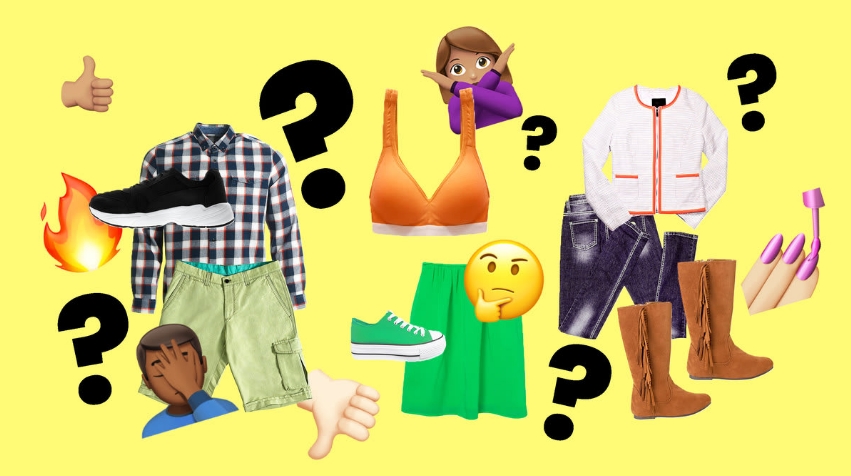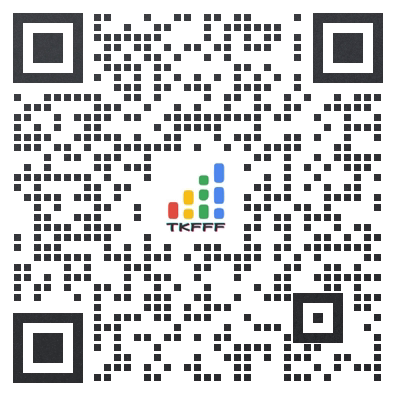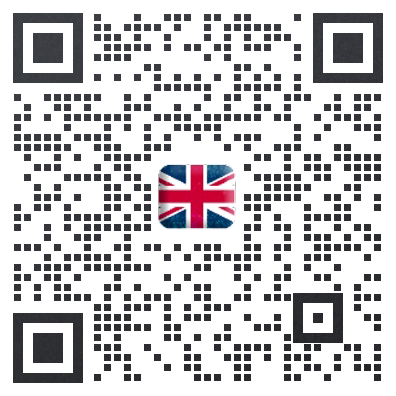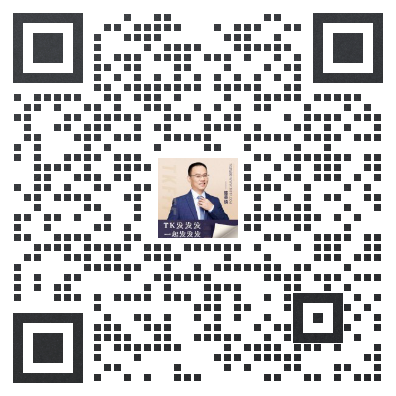
It’s the summer of return-to-office: The trains are once again packed and sweaty, the finance bros are hitting Cava on their lunch breaks, and “summer Fridays” are a thing of the distant past.
The only problem is, no one knows what to wear.
One need only to turn to TikTok to see the pandemonium playing out at a mass scale: twenty-something influencers recommending mini skirts and crop tops for the first day of a big internship, millennials rolling their eyes in the comments, and the whole thing being screenshotted and re-hashed on Twitter just for good measure.
As everyone begrudgingly resumes their daily commutes, these “What to Wear to Work” videos have become a battleground for what our new, post-pandemic normal will look like—and whether what we wear to the office should matter at all.
A video posted this spring by creator Danielle Pheloung, a 27-year-old associate at Goldman Sachs, is a prime example. Titled “What to wear to the office this summer,” the video starts out innocently enough, with Pheloung suggesting high-necked tank tops and long skirts. Then she moves on to sleeveless minidresses and cleavage-bearing “matching sets,” which is where things went off the rails.
“I’m crying this is so Awesome,” wrote Twitter user @soychotic, who shared four screenshots from the video to her nearly 34,000 followers late last month. “This is your husband’s work wife/product mommy btw and he tells her he loves her outfit every morning and she does a little twirl for him.”
“Obsessed with TikTok ‘what to wear to work,’” she added in another tweet. “Hot girls are actually from a different universe.”
The thread racked up more than 73,000 likes and plenty of concurring opinions.
“Have these women never been to an office?” wrote one commenter. Another added: “Some of these outfits will get you fired or straight to HR.” Others noted that women with larger body types and women of color likely wouldn’t be able to get away with such risky attire. “If you’re a curvy girl and/or have thunder thighs, you’re going to hear from HR by 9:05am,” one wrote.
But dissenters were quick to jump in.
“I’ve worked at an office and some girls dressed like this,” wrote one user, adding (that most emphatic of modern compliments): “WHO CARES IT’S CUNT.” Another user suggested that taking such a hard line on women’s clothing verged on sexism. “People are so desperate to police what women wear they are creating imaginary scenarios where this woman would be asked to change. im sure dale from IT can handle seeing a woman’s collarbones.”
Jordan Stolch, an image strategist and style advisor based in Los Angeles, told The Daily Beast she’s seen much of the same debate among her clients—and that the pandemic is partially to blame. Older generations returning to the office have gotten accustomed to more casual clothing and are pushing back on strict dress codes, she said, while Gen Z workers may never have set foot in an office to begin with.
Especially in the younger generation, she said, that can lead to outfits many would deem inappropriate.
“I’m just seeing—if I had to generalize it—too casual, too comfortable, too relaxed,” she said. “When I teach dressing for work, I always say people will take you as seriously as you take yourself. And what I see in that younger generation is–to me–a bit of a lack of seriousness.”
“You have your whole life to be one of those sad corporate people,” she says in the video. “The worst thing you can do for your closet is only allow yourself to have ‘work clothing.’”
But not everyone sees this as a bad thing. Ali Howell Abolo, a professor of fashion design at Drexel University, told The Daily Beast that Gen Z seems to be more comfortable expressing their identity through their clothes than donning a corporate uniform—and that older generations should take note.
“The thing that is so great about Gen Z is that they’re good at being themselves,” she said. “They decide the tone of who they’re going to be, whether that’s their clothes, or the music they listen to, or just living out loud in a way that I feel like previous generations weren’t allowed.”
“When they are getting dressed for work I think that they’re freer, and I kind of love that for them,” she added. “And my hope is that they’re inspiring older generations to do the same”
That sentiment is perfectly summed up in a TikTok video by Delaney, a 23-year-old content creator whose “work wear” video includes tube tops paired with bolero jackets and matching graphic-print tops and pants. Commenters seemed suspicious of the suggestions—”Where do y’all think we work?” one asked—but Delaney didn’t seem to care.
“You have your whole life to be one of those sad corporate people,” she says in the video. “The worst thing you can do for your closet is only allow yourself to have ‘work clothing.’”
“It’s already bad enough that we’ll see our co-workers more than our family members for the rest of our lives,” she adds. “So let’s not take the office back home with us every day.”
As it tends to go on TikTok, these videos sparked a trend of “reaction” videos—many of them from millennials and Gen Xers—mocking the midriff-bearing recommendations of their younger counterparts and offering up more conservative suggestions.
Creator Brendalin Caceres posted a video last month showing her office outfit—a white button-down, jeans, and a sweater over her shoulders—and urging viewers not to take the advice of other creators.
“I have been seeing a plethora of videos on this app on what you should actually wear to the office during summer, and I’m just here to tell you that a mini skirt, a mini dress, a tube top, a spaghetti strap, [and] a crop top are just not office appropriate.”
Lena Yarmakovich, a 33-year-old human resources professional from Charlotte, North Carolina, started a reaction series she calls “HR Rating Office Outfits,” where she reveals how she would respond to TikTok creators’ outfits in real life. Often this involves gentle suggestions to cover up bare midriffs or put a blazer over exposed shoulders.
Yarmakovich says she sympathizes with commenters who say policing women’s outfits is outdated, and even sexist, but that dress codes exist for a reason.
“Most people want to look good when they go into work, but they’re not thinking about, ‘When I walk, does my skirt ride up? When I sit down, can you see things?” she said. “And that’s why some of these dress codes exist.”
She added that the rules also apply to men, several of whom have commented on her videos asking about cargo pants. (They are a no in her book.)
“It’s not that [things like that] are not ok,” she said. “It’s just that if you are in a professional, client-facing environment and your company has decided this is the image we want to present … you don’t alway get to decide what that looks like, because it’s not your company.”
Ultimately, however, Stolch, Howell Abolo, and Yarmakovich all agreed that we’d see office fashion growing more relaxed as younger generations enter the workforce. After all, it’s as if it hasn’t happened before; Not long ago, Howell Abolo pointed out, angry Gen Xers and baby boomers were fuming over the millennial, flannel-sporting “hipsters” invading their open-plan offices.
“It’s all cyclical,” she said. “With every major economic turn … subcultures or countercultures emerge that are more casual.”
She added: “For the Gen Z I think it’s just [about] really being true to yourself and to your identity and dressing the way that makes you comfortable—not the way that’s going to make your boss comfortable.”
文章来源:thedailybeast


TKFFF公众号
扫码关注领【TK运营地图】

TKFFF合作,请扫码联系!







 闽公网安备35021102002035号
闽公网安备35021102002035号